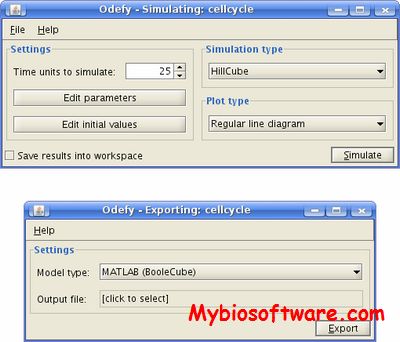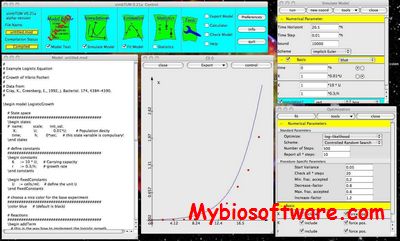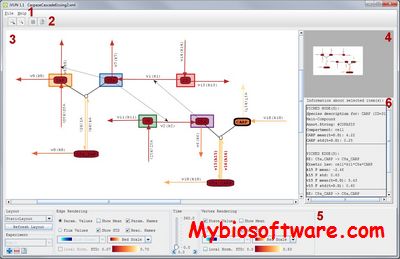RocketBugs / RocketBugsRender
:: DESCRIPTION
RocketBugs is a simulation of the actin-based motility of Listeria monocytogenes.
RocketBugsRender is a special rendering and graphing program for the simulation output of “RocketBugs”, the actin-based Listeria motility simulations
::DEVELOPER
:: SCREENSHOTS
N/A
:: REQUIREMENTS
- Linux / Windows / MacOsX
- Java
:: DOWNLOAD
:: MORE INFORMATION
Citation
Susanne M. Rafelski, Jonathan B. Alberts, Garrett M. Odell
An Experimental and Computational Study of the Effect of ActA Polarity on the Speed of Listeria monocytogenes Actin-based Motility
PLoS Comput Biol 5(7): e1000434. doi:10.1371/journal.pcbi.1000434



